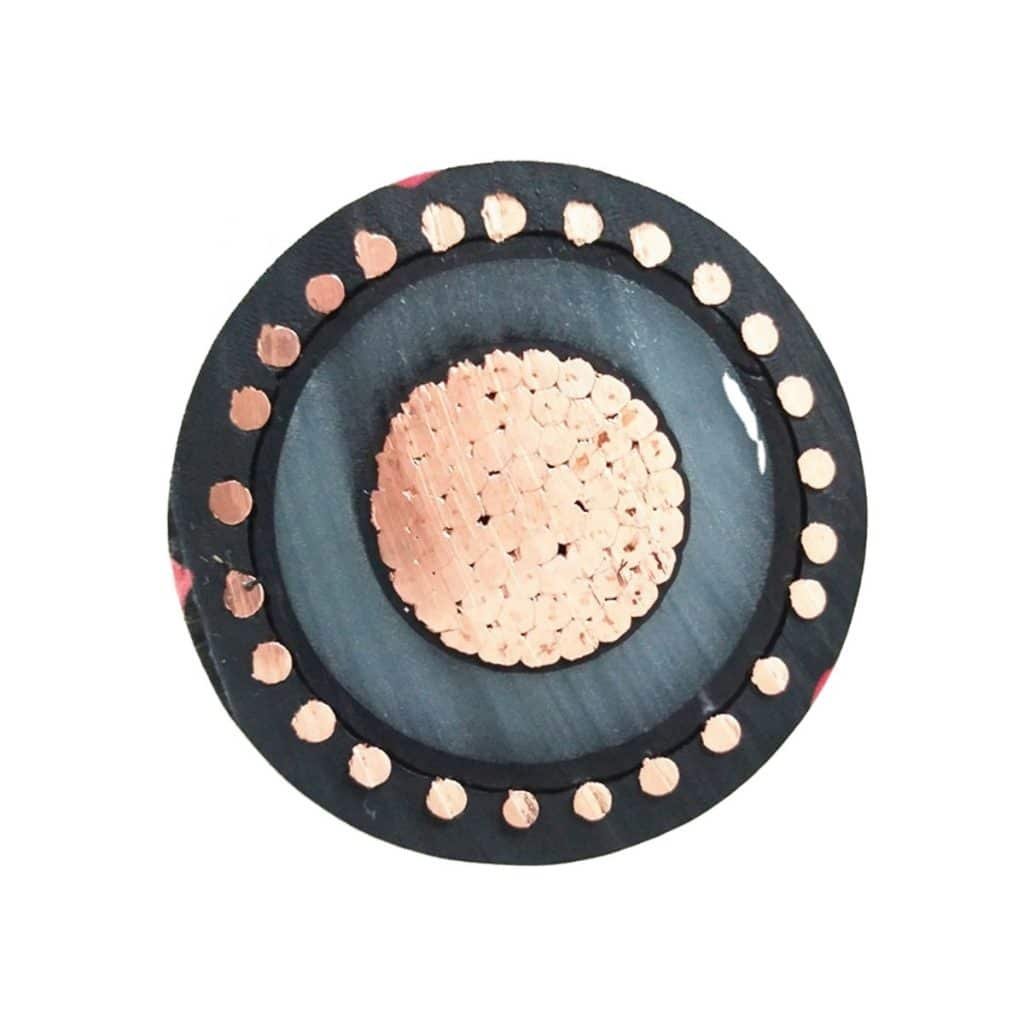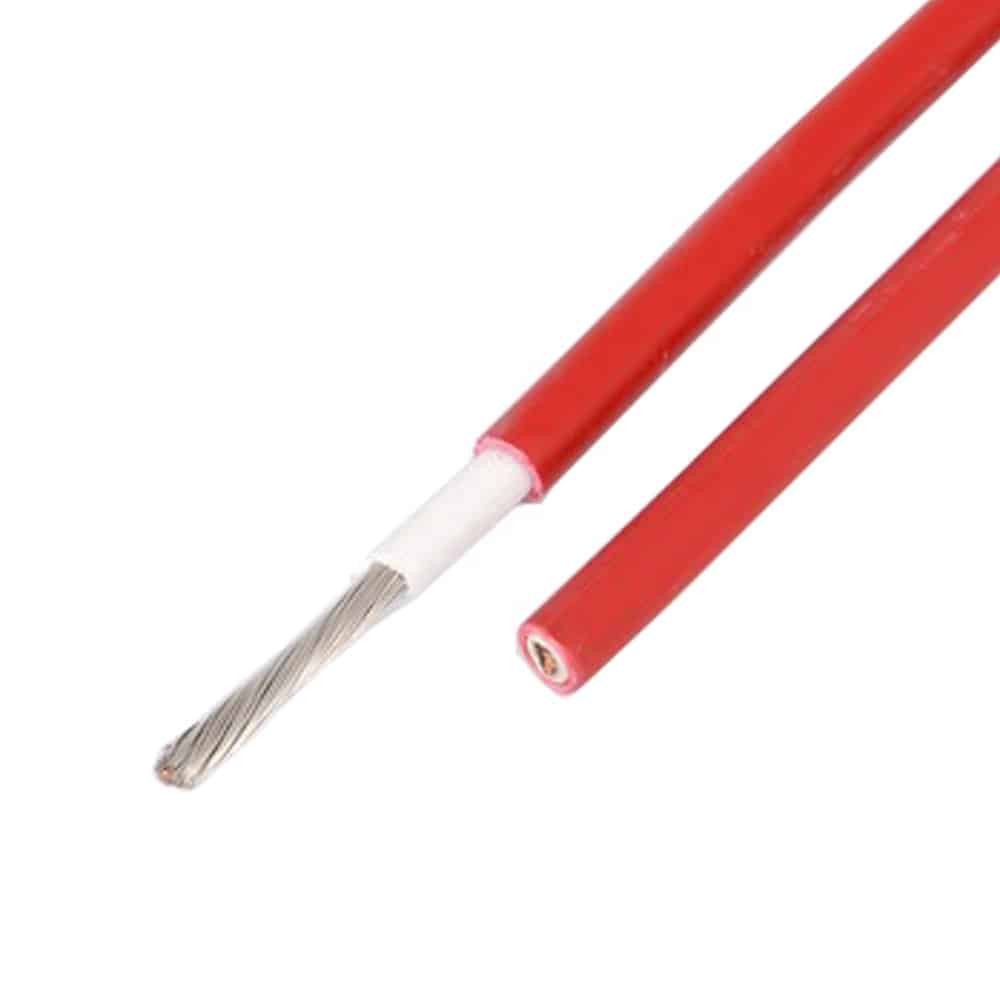High voltage cable

High voltage cable
High voltage cable is a type of power cable. It refers to the power cable used to transmit power between 10KV-35KV (1KV = 1000V). It is often connected to the main road for power transmission. Due to the problem of long-distance transmission, it usually avoids grid loss. The high-voltage power transmission method is adopted, and the voltage is adjusted according to the power transmission range. The high-voltage cable is a kind of power cable specially designed and used in this case.


Features
Due to the excellent electrical conductivity of copper conductors, more and more copper cores are used as the backbone of the power supply system in the interior of high-voltage cables, while aluminum core power cables are rarely used. Especially in the higher-voltage power system, copper The more core cables.
This product is suitable for the AC rated voltage 35KV and below for power transmission and distribution. The maximum long-term working temperature of the cable conductor is 90 degrees, and the maximum temperature of the cable conductor does not exceed 250 degrees when short-circuited (the longest time does not exceed 5S).
Main losses of high voltage cables
1. The line is aging, and the line is affected by soil corrosion
2. Natural corrosion, natural disasters and soil corrosion impact
3. Personnel operation errors cause problems with the connector, which affects the life of the wire itself
4. Heat dissipation problems, long-term high pressure and high temperature will increase the temperature, which will affect the transmission efficiency.



